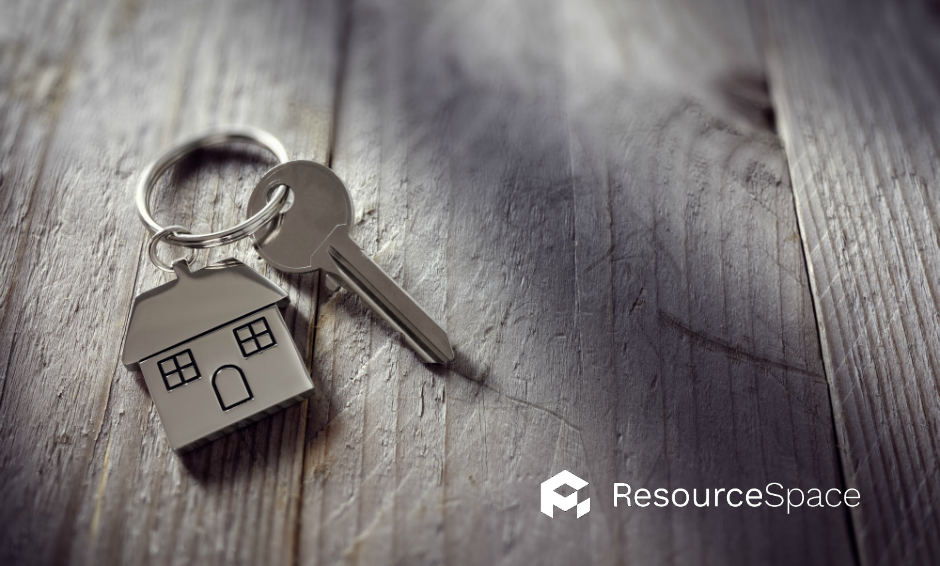
ResourceSpace has changed the way the DEC uses content, making it much easier for us to quickly make assets available both internally and externally during our emergency appeals.
Blog
18th December 2019

Whether you're taking the leap and moving to a digital asset management (DAM) system for the first time, or you're getting ready to upgrade your existing DAM to something more efficient, the prep work for the migration will probably be one of those tasks that gets pushed back - week after week.
A DAM's purpose is to help your organisation's processes run smoothly and efficiently - that's the end goal of the entire integration. But at the moment, you're at the foot of the mountain. There are thousands of haphazardly distributed files, looming questions about rights and permissions attributions, and the herculean task of consolidating everything that's scattered throughout your company's networks, local drives, and servers.
As experienced DAM providers, we've assisted countless businesses through this process. Our priority is to help you start enjoying the benefits of your new digital asset management system as soon as possible, so accept this blog as our digital helping hand.
As with any organisational task, you'll need to get a bit of a system going. That means gathering up your files from all the various locations throughout your business and organising them accordingly.
Step one: Identify where all your files are
Undoubtedly, there'll be various nooks and crannies to search; desktops, shared drives and other platforms - make a list of all the places you're storing files at the moment.
Step two: Filter and sort files according to your business needs
Start thinking about the different ways you might like to categorise your digital assets. You might like to think about who'll have access to which assets and how your users will find them later on - what sort of terms are users likely to use to search the new DAM? It's a good idea to separate everything according to the asset type - this can be whatever's most relevant to the organisation though, it doesn't have to simply be the file type.
You need to evaluate your existing file formats, file sizes, and how many different versions of a file you are likely to need for your operations. This is also the time to sift through duplicates and get rid of anything you don't need any more.
Step three: Input tags and metadata
Once you've established where all your files are and how you're going to use them, you can list all your digital assets in a spreadsheet and start assigning the relevant metadata to each file. This can seem a little daunting but it's absolutely worth it. Once you've done the hard work, you'll simply have to maintain your DAM in the future and reap the rewards of having a highly efficient system in place.
A new DAM is like opening a fresh notebook. It's a new beginning and an excellent opportunity to revolutionise how you and your team manage your digital assets in order to make your processes far more dynamic and coordinated.
Once you have your system set up and correctly labelled you can start thinking about how each team in your organisation interacts with your files and what rights and permissions are necessary.
During the organisation process at the beginning of your DAM migration journey, you will have started to gain a more in-depth understanding of how people in your business acquire, create and archive data assets. This knowledge should help you structure your DAM in a way that complements your workflows and empowers everyone in your team to be as productive as possible.
Your DAM configuration will need to be tailored to the bespoke needs of your business - which is where Resourcespace comes in. We offer a customised platform that brings your teams together and allows you to control access and usage of each file. We'll also train your administrators and make sure they're confident managing the core functions of your DAM.
If you're ready to make the move, give us a call. We'd be happy to talk you through the steps and help you make your DAM migration as seamless as possible.
#DataMigration
#ResourceSpaceTips
#BestPractice
#FileManagement
#Metadata
#BusinessEfficiency
#DataRights
#Permissions
#FileFormats
#DataDuplication